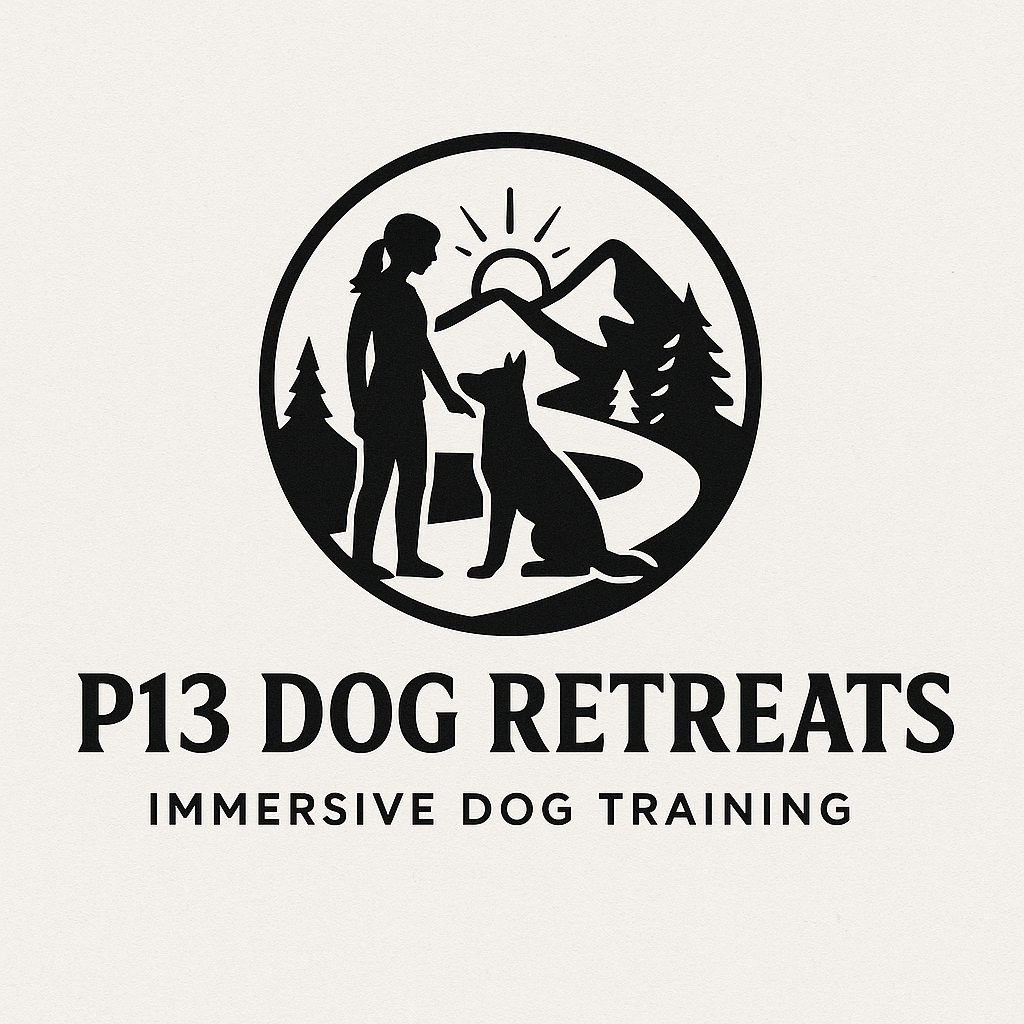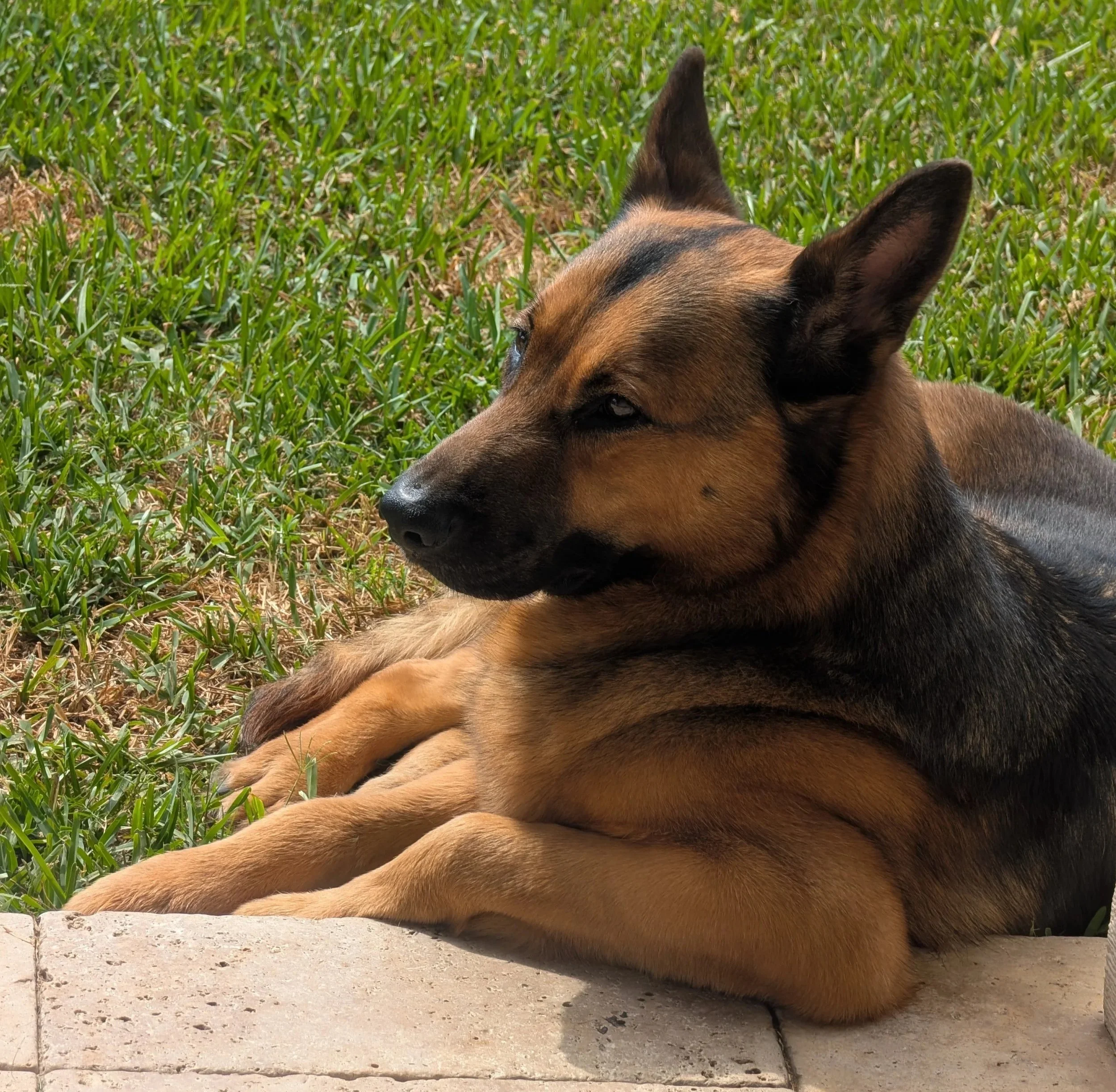About me and my journey
My name is Amber Rickles, and I have been training dogs professionally for 22 years, and I was certified in 2004. I was in the Veterinary field for 15 years. I have managed kennels with up to 85 dogs, run veterinary hospitals, and worked with hundreds of dogs with severe behavioral challenges. But my most profound understanding didn’t come from textbooks or even training other dogs-it came from lived experience.
In 2013, I was nearly killed by an aggressive dog in my care. The attack left me with a broken arm requiring a plate and bone graft, multiple bite wounds, and permanent scars, including the visible scar on my right forearm that I carry today.
But the physical injuries healed. The more challenging part was what came after.
Within the first year after the attack, I faced death threats, public attacks on my character, and people telling me I didn’t know what I was doing. The rescue community turned on me. People made it out to be about his breed, on why I was advocating for his euthanasia. It was because he was extremely dangerous. But that was overlooked. Instead, they said I was incompetent. They tried to destroy my reputation and my confidence. The ones against me didn’t even know me. They based their opinions on a false account of what happened. (I wrote a book on this situation, Faith After The Fire)
It worked, for a while. I questioned everything. I wondered if I should quit the profession I loved. I left training for 4 years.
But I persevered.
That’s what P13 means. Positive. Passion. Perseverance. It’s not just a business name; it’s the three things that got me through the worst year of my life and to the place I am now.
Why I do this work?
I started P13 Dog Retreats because I was tired of seeing the same pattern: people invest thousands in board and train, their dog comes home “trained” or “fixed,” and within weeks, the relationship is strained again. Because the OWNER never LEARNED. The partnership never transformed. Owners often don’t seek continued help because they are embarrassed or too frustrated, and they give up.
I also know what it’s like to feel at your breaking point. To be scared, exhausted, judged, and wondering if you should give up.
I’m not here to judge you or promise false fixes. I am here to help you build a relationship that works-even with a challenging dog, even when it’s hard. Even when “perfect” isn’t possible.
Four years ago, I adopted B, then a 7-month-old Belgian Malinois who was already aggressive towards humans and had tried to kill another dog. People thought I was crazy after what I’d been through. But B taught me something crucial: not all aggressive dogs can be trained the same. Some can’t be managed safely. Some can, like B, with realistic expectations, proper tools, and daily commitment.
For four years, B and I have built a relationship that works. Our perfect relationship. A very honest one. She will never accept strangers or play with other dogs. She wears muzzles in public when needed.
And all of this is OK!
She still lives a full life, hiking, traveling, and joining me at every retreat as a living demonstration of what a successful relationship looks like with a truly challenging dog.
Meet B and Hobbs
The K9 Trainers
B: Proof That A Challenging Partnership Can Work
Four years ago, I adopted B after seeing her posted on a specific FB page for non-pet homes. Meaning they were for sport, competition, or work only. I was looking for a demonstration dog to add to my pack of 4. My pack at the time consisted of older dogs, and not precisely the “working” kind.
I was told upfront that she didn’t like other dogs and was leery of strangers. I wasn’t too surprised, given her breed, Belgian Malinois. In my mind, she’s 7 months old, so there’s still time to work with her and “change/fix” that.
Boy, did she prove me SO wrong. I will tell her whole story at the retreats. In short, she taught me everything I needed to know to make this retreat a real-life experience.
B and I have built a relationship that works. Not perfect, but honest. Built on clear communication, realistic expectations, and daily management. She will never like people other than her family. She will never play at dog parks or with other dogs. She will never be “normal” in other people’s eyes.
THIS IS ALL OK.
What she will help me teach at the retreat:
-How we communicate and trust each other despite her aggression
-My two-muzzle system in action
-Real-time positioning and advocacy
-Real-time management
-What real interactions with dogs and people look like with a dog like this
-What “success” means and looks like with dogs like this
-That you can travel, work, and live fully with proper management
-How to love your dog while accepting realistic limitations
B isn’t perfect. She’s managed. And she lives a great life because we built a relationship that honors who she actually is.
B
Head K9 Trainer
Hobbs
Assistant K9 Trainer
The Balanced Partnership
Hobbs came to us 3 years ago as a foster. He was found by a lovely lady who had been watching him on the streets for about a month before she caught him. He was nervous and unsure, but so sweet and had such a kind way about him. Within 3 days, we decided to adopt him.
Hobbs is a friendly, social, and naturally balanced guy. He has an incredible gift for reading canine body language and sensing the energy another dog is emitting. I have learned to read other dogs better by watching how Hobbs changes his body language.
Hobbs is essential to the retreats because most people with reactive dogs have never seen what healthy dog communication looks like up close. Their experience is lunging, barking, and tension.
Hobbs shows owners something different.
What Hobbs teaches:
-Healthy communication
-Appropriate Interactions
-Perspective through contrast
-He will help the owner gain confidence walking their dog around another dog
-He helps to de-escalate situations naturally





